As an industry, we have been fixated on click throughs: Stephen Dolan
Integral Ad Science has been validating the quality of digital advertising in three key areas – viewability, ad fraud detection and brand safety and suitability. The company has been equipping advertisers and publishers with both the insight and technology to protect their advertising investments from fraud and unsafe environments as well as to capture consumer attention, and drive business outcomes.
In a research by IAS, impact of advertisement was measured when placed next to high quality and low-quality content. 70 per cent of the respondents of the survey who saw ads with high quality content, liked it more.
Stephen Dolan, Managing Director, APAC at IAS, has been in the digital advertising industry for 20 years. Dolan has observed a shift in digital advertising practices in the last 10 years, which are inclined towards brand safety and giving impetus to the quality of the advertising experience.
With Google and Facebook commanding 70 per cent of the advertising pie on digital, Dolan, who was Facebook’s first employee in Asia, recognises the need to make social platforms brand safe environments. IAS is a partner to Google and has collaborated with them to make YouTube a brand safe platform through their ad verification solutions.
In conversation with Adgully, Stephen Dolan speaks about the shift in digital advertising, the value that ad verification and brand safety and suitability bring for advertisers and also shares a bird’s eye view of the ad fraud landscape.
How does the industry need to measure performance of ad campaigns on digital?
From the viewability data that we provide, we learnt that advertising doesn’t even begin to work unless the ad creates some kind of engagement. That’s not just digital but any medium.
As an industry, we have just been fixated on click through and we have forgotten about the basic elements of advertising like great creative that engages. It is up to the media industry to place that in the right context, in the right content, in the right environment. It is really about engaging the user.
This is a really interesting question for India, which in the last 2 years has seen an explosion in access to the Internet through mobile. The mobile is a personal device and it is an intimate connection to the Internet.
With that advertising needs to understand is how it can impact the consumer in a different way rather than expect a response from the consumer at that immediate moment. If you think about any advertising, have you gone, ‘Gonna buy that!’ That doesn’t happen. But the crazy thing is that a lot of people have that expectation of how digital advertising should work. We want to move from that and bring the basic elements of advertising back.
What is ad verification and what value does it bring to advertisers?
IAS is the global leader of ad verification. We’ve been in this business just shy of 10 years. Initially, ad verification was focused on one thing – brand safety – because of the explosion of programmatic, customised ads were placed in all kinds of places. Content that the advertiser didn’t have a lot of control over.
We developed technology that was able to look at the content before the ad got there and block the ad if the content wasn’t appropriate for the advertiser. The brand safety element is completely customisable for every single advertiser. Some advertisers have higher risk acceptability because of target market that they’re after, while others are very conservative.
After brand safety, one of the core elements of verification was viewability and also ad fraud. Ad fraud has captured a lot of attention in the industry and is something that we are battling against constantly. We have 20 data scientists who focus solely on understanding non-human traffic, identifying it and blocking it through our campaigns.
We have a lot of scale that allows us to see a lot of data and ads, which gives us a picture of the entire landscape and make determinations about what is fraudulent and what is not.
A lot of clients accept that hygiene is important, but they are looking at how they can use this in a positive way to target content that is complementary to the brand. It’s being on the frontfoot rather than being defensive and saying ‘let’s use the technology to seek out a produce environment that makes it easier to present our brand to the consumer’.
There ad may appear on a top 100 website globally or top 10 websites in India, but the content might be confronting. It might not be an environment that is great for advertising.
What is the impact of ad verification on the industry?
What we always advocate is that the ad has to be seen. After that, it is really up to the creative to do its job. The publisher plays a role to ensure that the ad is in a place where it has the most impact. If you look at any top 100 large volume website and see the way they present their ads and the way they have structured their ad product, you will see a change. Ten years back, the solution to everything was to just put an ad on the page. Then you end up with 20 ads on the page. There was a lot of clutter, and what we’ve seen is that it does not deliver a great outcome because the share of voice is so low.
What we see now is fewer ads on the page and ads that remain in view and attempt to remain in view even as we scroll down the page. All of that is a result of content verification.
The other big change is the commercial nature of the way that advertising is bought and most large customers have mandate requirements in their agreements for viewability, brand safety and ad fraud. Everyone understands what the expectations are before any transaction happens.
What are the challenges in tackling ad fraud?
We look at fraud from the browser level or user level. At a very high level, what we are looking at is non-human traffic and we do that by studying human traffic. Because we have that scale of a billion ads a day, we have a very good idea about how humans surf the Internet. Fraudsters manipulate browsers, strip the functionality out of them and manipulate them in ways that can be identified. The thing with fraud is that it is forever changing and it’s a constant race to stay ahead of it. The fraudsters will constantly try to find ways to game the system.
Clients today have a very good handle on it and one of the ways they do it is by going out and buying fraud. They buy ad campaigns with high click through because that’s where the fraud is. If you are buying ad campaigns with high click through, it’s highly likely that it is fraudulent. They study what they get back, the traffic and identify how the fraud is perpetuated.
The vast number of advertisers in developed countries use some kind of verification vendor. Which means it is harder for fraudsters to operate in that environment. So, they go to places where verification isn’t used because they are not challenged. Generally, when ad fraud starts, it is very simplistic. It is a script or code that a high school student could write, which is manipulating the advertising environment. Over time is gets more sophisticated as they have to change and evolve. Fraudsters tend to operate from places where there is no scrutiny.
How do you view the state of the digital ecosystem today?
Ad fraud is something that needs a collaborative response from clients, agencies and publishers. We have a publisher solution that helps publishers understand whether there is fraud on their site. We also look at their inventory and suggest ways to improve their viewability for customers. Just a verification company or a couple of advertisers tackling the problem won’t work.
We have seen that the biggest media buyers in the world, Unilever and Procter & Gamble, came out very strongly and said we are going to cut out ad fraud from our campaigns, cut out wastage and non-viewable inventory and we are going to make sure our ads appear on brand safe content. Those clients are continuing to innovate around that and become more sophisticated with how they implement.
It has been a huge push and they have brought a vast majority of customers with them in being very clear about what their requirements are for media. That has really helped clean up the industry. So, it’s not just publishers but platforms as well, such as major DSPs, SSPs all working together.




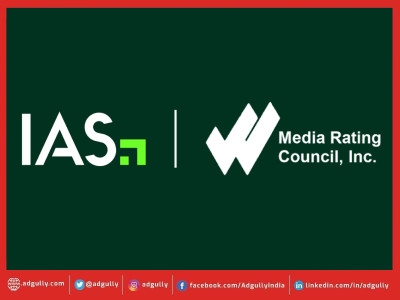

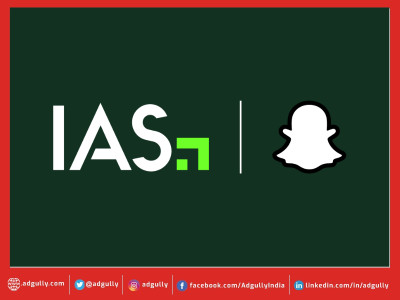
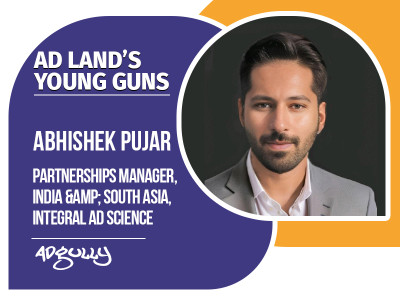
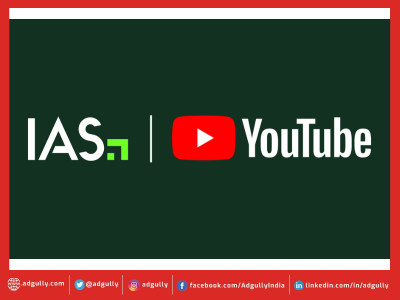
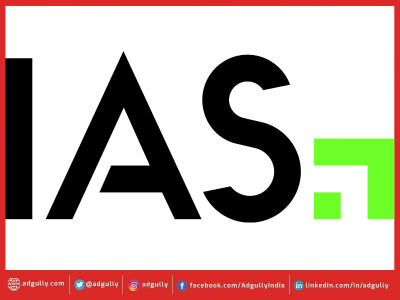
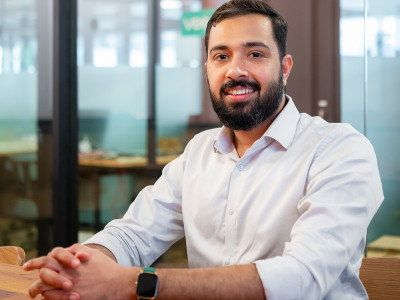
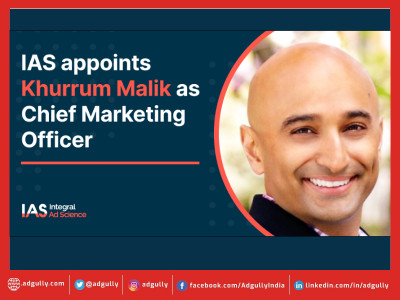
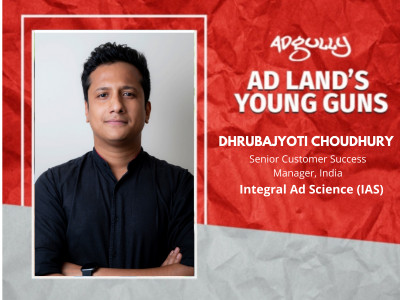
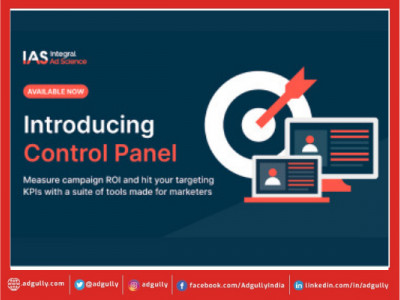




Share
Facebook
YouTube
Tweet
Twitter
LinkedIn